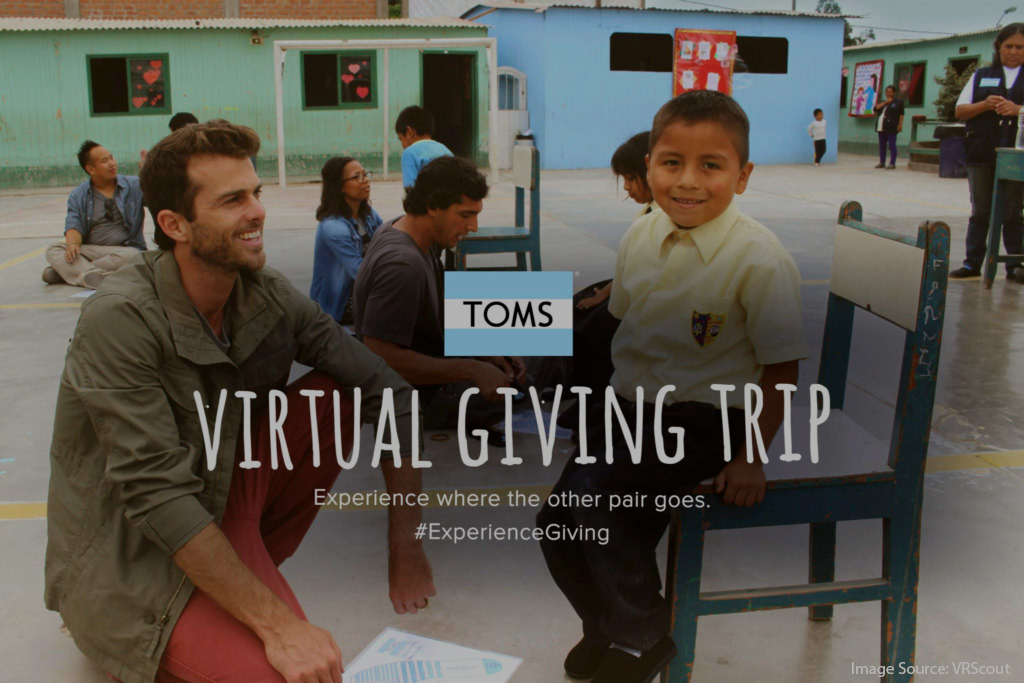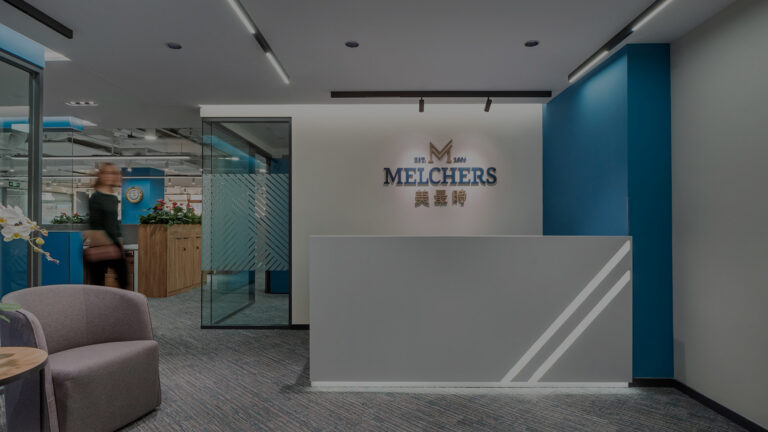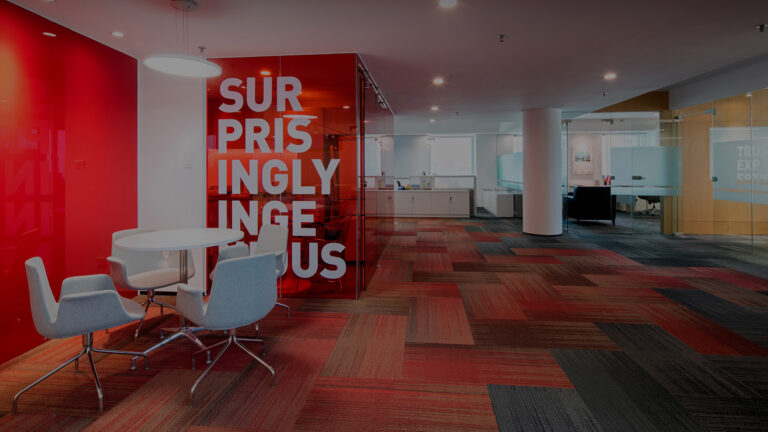Over the past decade the use of technology for retail strategy and marketing has grown tremendously. As consumers now have more access to mobile devices and internet while the core of the technology has improved, it has now become an industry standard to include some form of digital integration or technology into the consumer journey.
Consumers expect three core things when it comes to their shopping journey with a brand:
- Experience
- Convenience
- Omni-Channel shopping
These three elements have become the core of the consumer journey over the past decade. As a brand it’s important to question if these three things have already been incorporated into your overall operational and marketing strategy yet. If not, the question that follows is, why not?
Experience
As most industry leading brands already know, experience is a crucial part of the consumer journey. It is a key marketing tool to build a stronger connection with target consumers, grow brand awareness and loyalty, and most importantly, increase sales. Experience can come in many forms, from personalization of products, to KOL events and pop-up stores, as well as technology integration.
While there are many retail technologies already commonly used by most brands, many brands are still questioning how VR and AI technology can provide a better experience for guests compared to other, lower cost technology options.
The main advantage is the flexibility and adaptability of the programing over time. There are many different ways to go when it comes to designing a VR experience for your consumers.
TOMs, the American shoe brand utilized this technology to immerse consumers deeper into their brand story by virtually taking the customer on a Giving Trip to see the impact of buying a pair of TOMS shoes.

Volvo created a VR space for their customers to test drive the new XC90, which was not yet produced. Less than two days after launching the program at the Paris Motor Show in 2014, the brand had sold out all vehicles. In addition to this, they saw a 400% spike in their social media following.
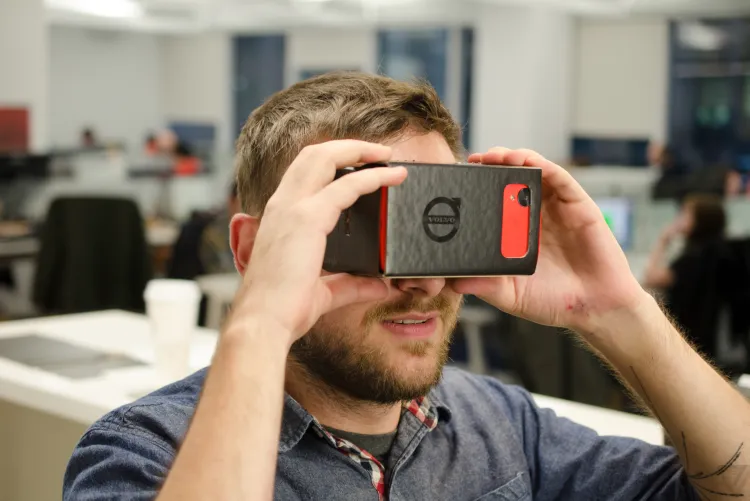
Convenience
A survey conducted by Worldpay revealed that 95% of consumers in China have used virtual or augmented reality in the past 3 months. Convenience in VR experience means that the programming needs to be easy to use. It can also align with the brand’s online marketing channels.
When looking at traditional VR, many see it as a bulky headset, attached to a system screen that can be limiting to the space and area in which the VR experience can take place. However, virtual experience can be integrated into WeChat mini programs and can be easily accessed by simply scanning a QR code.
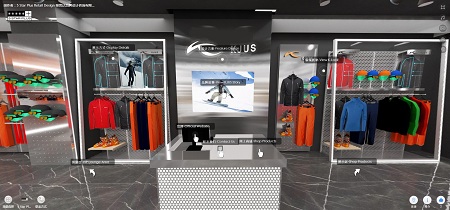
Omni-Channel Shopping
Customers can then access the experience on their phone, exploring the virtual space through tactical touch of directional arrows or by moving the phone from left to right like a 360 video. Apart from interacting with different store features, customers can also connect to the online store to browse more products and make purchases.
IKEA utilized the technology to create a virtual retail space called “IKEA Place” that allows the consumers to actually interact with the products virtually and learn more about the materials, and features of the product before making a purchase in stores or online. It also allows consumers to virtually place furniture samples into their home space to get a better visual of how it will fit with their existing décor.
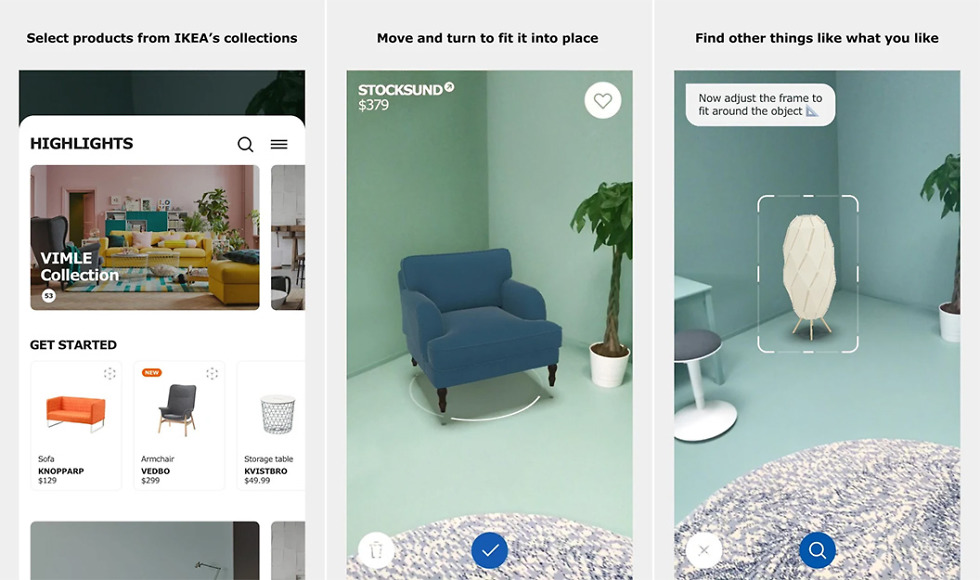
Key Advantage
One of the biggest concerns brands have when it comes to VR experiences is the ROI of the programming itself. Much like live-stream marketing, the numbers on this truly depend on the brand and overall execution of the campaign itself. However, according to a study by ABI Research, VR technology used in retail and marketing sectors is expected to generate $1.8 billion by 2022.
A key advantage of building a VR program is that once it’s built, the software can be easily adapted and revised based on the current marketing needs without starting the design and integration process from scratch. The long-term flexibility of VR programs enables brands to continually change and refine based on the most current needs of their customers.
Overall VR experience enhances the overall marketing strategy of a brand which also helps to strengthen the consumer journey.

